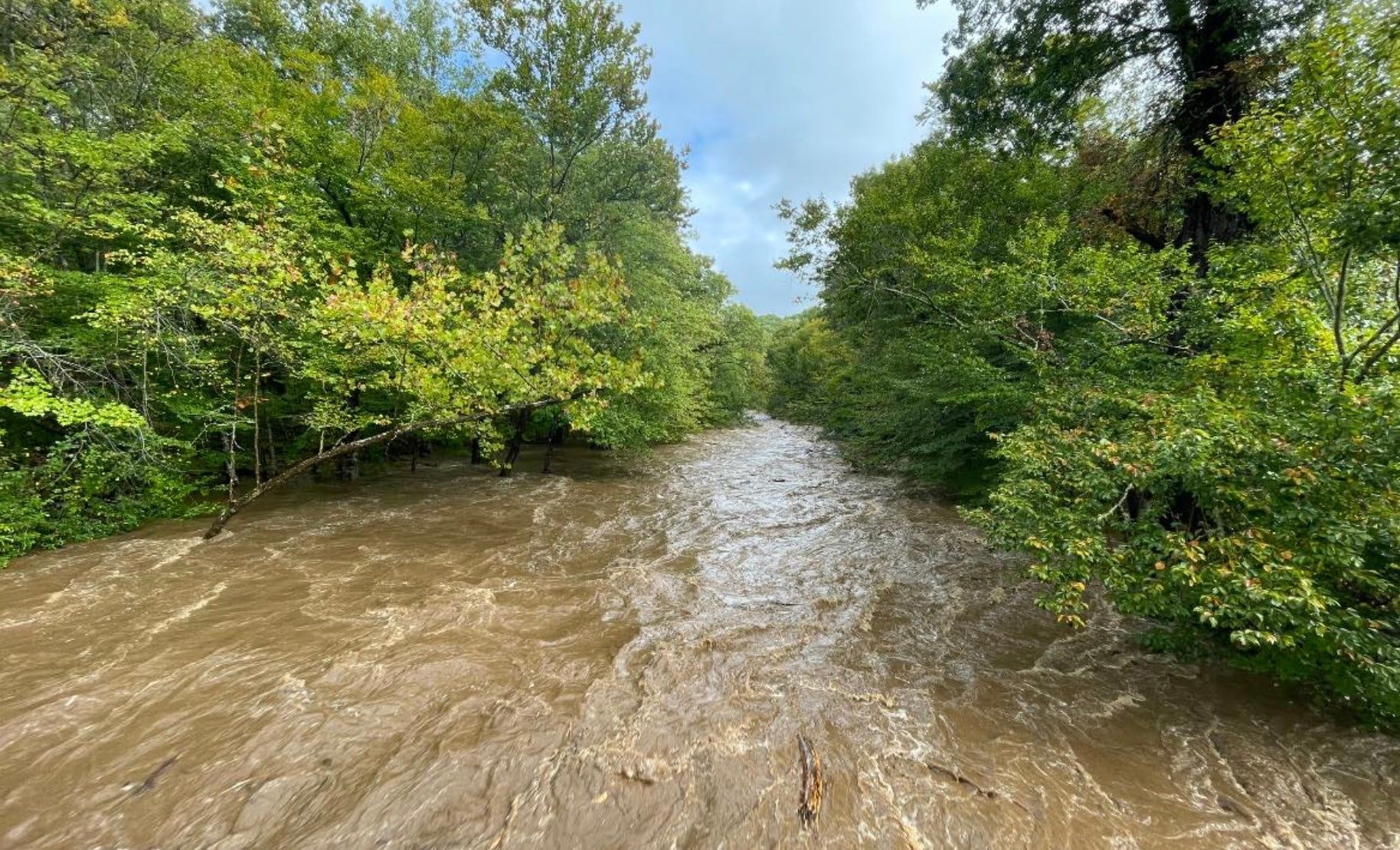“More than a third” of the Appalachian Trail is currently inaccessible to hikers as the southeastern United States recovers from the devastation of Hurricane Helene, the Appalachian Trail Conservancy (ATC) said in a statement on Saturday evening.
In a , ATC Executive Director Sandi Marra said that the organization believed some sections of the trail could be closed for an extended period of time “because of bridges that have washed away and downed trees and mudslides obstructing the treadway”
“A.T. Communities such as Damascus, VA; Erwin, TN; and Hot Springs, N.C. have been devastated,” Marra wrote. “All national forests in Georgia and North Carolina are closed as is Great Smoky Mountains National Park. And access to and from Asheville, home to ATC’s Southern Regional Office, is extremely limited due to the destruction. Needless to say, it will be weeks, months, and even years to see recovery from this event.
In an update on Saturday morning, Great Smoky Mountains National Park said that while a handful of roads had reopened, Newfound Gap Road remained closed from Gatlinburg and Cherokee, as did Balsam Mountain, Cataloochee, Roaring Fork, Greenbrier, Foothills Parkway East, and Rich Mountain Road. The park received heavy rain, measuring 9 inches at Newfound Gap, while Cataloochee flooded to 9.5 feet, breaking a record set in 1963.
The also remains closed as the National Park Service (NPS) assesses storm damage and conducts cleanup.
Some state-managed lands along the trail have announced their own closures. In a post on Friday, in Virginia said that there was no access to the park “due to road closures from downed trees, mudslides, and significant flooding,” and that campgrounds in the park would remain closed until at least Monday, September 30.
Helene’s impact on trail communities and their residents has been equally devastating. The Virginia Department of Emergency Management told , that Damascus, the home of Appalachian Trail Days, was the most-damaged town in the state. So far, officials have confirmed 60 deaths across the hurricanes path.
How Hikers Can Help
Towns along the Appalachian Trail host thousands of hikers a year; the worst-affected trail towns will need our support for months or even years to come as cleanup and rebuilding efforts progress. Here are a few ways to give back to the region’s recovery post-Hurricane Helene.
provides direct cash grants to individuals and groups affected by U.S. domestic hurricanes.
Donations to the fund its relief efforts across the area impacted by Helene and beyond.
feeds survivors of disaster and conflict around the world. The organization was on the ground distributing food and water in affected communities within 12 hours post-Helene.
is a grassroots initiative that leverages its network of volunteers to give directly to survivors of climate-change-driven and -worsened disasters.


